BRAND STORY Behind the magic of Disney’s theme parks is simply perfectly designing processes, repeated at scale.
The father of Mickey Mouse, a filmmaker with 22 Oscars to his name, animator, and designer of the 27,000-acre campus of Disneyland in Florida, Walt Disney goes down in the halls of fame for his art and business acumen alike. And so, there are many stories that get passed down as legend. One such anecdote goes back to the development of the Disneyland Park attraction, the Enchanted Tiki Room more than half a century ago. Walt watched as the Audio-Animatronic birds blinked, moved and sang perfectly. But why don’t they breathe, he asked his team. The engineers shared that the soup of circuits, valves and pumps made it difficult. It was simply too much work to add an element that hardly anyone would notice.
Walt listened, and allegedly this is when he said, “People can feel perfection.” This epic phrase would later find its way into the ethos of The Walt Disney Company where the focus remains on delivering to the highest quality, even in the imperceptible things that guests might not know they see.
The big three
Today, the Disney Institute trains other companies on emulating this obsession with details through their sessions leadership, employee engagement, and service – the big three. Here’s a quick lesson; any place where your customers come in contact with your brand must deliver a quality service experience. The place may even be virtual, but the same rules apply. Consider details like architectural design, landscaping, lighting, color, signage, directional design on wallpaper, flooring, focal points and directional signs, ambient noise, smell, tactile surfaces and taste.
If this seems unnecessarily excessive, then you aren’t doing it right. The devil is in the details when Disney tells a story. For example, in the details Main Street USA at Magic Kingdom Park, consumers may smell popcorn. That is because the entrance to Magic Kingdom is modeled after the lobby of a theater. As visitors walk by the Main Street confectionary, they smell cinnamon and sugar which is bound to entice some tastebuds and attract a few customers. Smell is an often overlooked sense that Disney leverages to make their stories immersive. Walt Disney Imagineering, a team of creatives and engineers, brings the action alive. They build all the Disney theme parks, resorts, attractions and cruise ships worldwide.
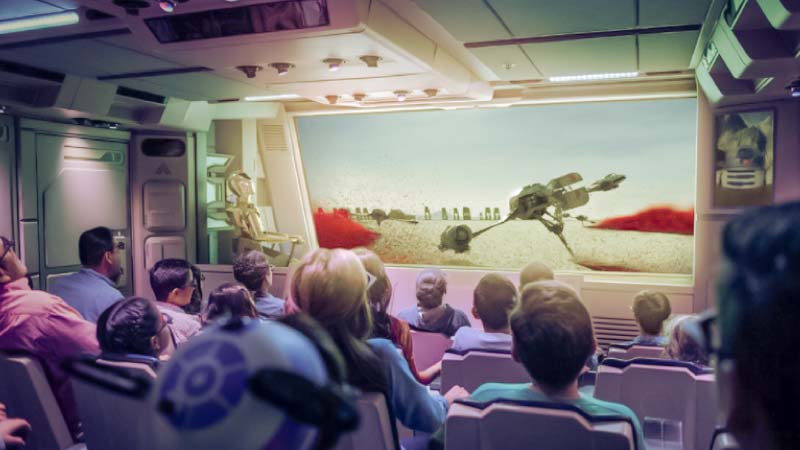
Driven by data
The “the happiest place on Earth” is driven by data. Scientists at Disney Research Studios use algorithms to find hidden structures in large data sets. The team uses a combination of probabilistic modeling and deep learning, ranging from social media understanding, text mining, and consumer analytics to visual computing and content generation. It may not be in the news for its data and analytics capabilities but the company has been investing in technology solutions for over a decade. The mystery behind the magic is Disney’s 1,000+ full-time employees dedicated to building advanced analytics capabilities. One of the innovations that emerged by the team is the MagicBand, an RFID chip-fitted wristband that visitors receive on arrival at the theme park. It reportedly cost Disney over $1B to develop and implement. The wristband serves as the hotel room key and allows guests to make convenient payments that are charged back to their hotel room. The wristband also communicates with sensors spread throughout the parks feeding data into their models that work to dynamically improve customer experience.
While building the theme park experiences, Disney’s engineers use edge computing, powerful hardware, advanced robotics and control systems. Technology plays a vital role in how designs are simulated, modelled virtually, optimized for cost and time, and then built in real.
In the case of the Star Wars: Galaxy’s Edge, it’s crucial to have servers that can handle processing large volumes of data. Taking ahead a long-standing partnership with HPE, Disney used servers that process data at the edge.
Data and the corresponding human behavior drive the design of the park. For example, the teams studied other amusement parks and found that people would not walk more than 30 steps to look for a garbage bin before littering. Keeping this in mind, Disney parks are built with trash receptacles that are never more than a few yards away. Sanitation may seem like a no-brainer but it’s often overlooked.
Making emotional connections
Negative experiences make a stronger emotional impact than pleasant ones. Here too Disney has a lesson to turn around any misfortune. For example, the staff found that children often line up for rides only to find out that they aren’t tall enough, which can be disappointing. In this case, the staff hands out special passes to enable disappointed kids to skip to the front on their next ride.
Emotions are something that the staff at Disney are trained to consider empthatically. It stems from the fact that visiting Disneyland is a once in a lifetime opportunity for most families and employees are encouraged to go out of their way to help make it a memorable experience.
The My Disney Experience app plays a big role in ironing the creases in common niggles at theme parks like long queues, crowds, getting lost and finding staff with the right information. The app attempts to solve these problems while also adding customizations. It includes GPS-enabled walking directions between attractions, shares wait times for rides, lets users order food in advance, book tickets and track Disney characters for a meet and greet. It stores dinner reservations, photos, a personalized schedule and more.
How do you manage these intricate details at scale? Disney caters to 150 million visitors per year, pre-pandemic numbers of course. The company enjoys a high lifetime customer value by prioritizing the relationship with consumers. According to reports, the theme parks have a 70% return rate for first-time visitors. Disneyland Paris has more than 36,000 photographs from happy travellers on TripAdvisor. If these figures are any indication of brand loyalty, Disney is at the top of the list with not just loyal customers but fans.
It takes an army
During onboarding, Disney trains employees to focuses on an experience mentality, rather than a task mentality. The team is encouraged to create emotional connections with customers. Emotionally engaged customers tend to be thrice as likely to recommend, thrice as likely to repurchase, and much less price sensitive.
To achieve this, Cast Members employ a number of Disney Differences, individualized moments that make guest feel special. This could be in the form of activities like Celerbration buttons which send out visual cues to Cast Members when a guest is celebrating a birthday, anniversary, etc. This creates numerous chances for fun, spontaneous interactions, designed to delight guests.
Business leaders are encouraged to spend more time in the theme park than behind a desk since Walt believed you can learn a tremendous amount from spending time with visitors. In fact, he often disguised himself and strolled through the crowds to find ideas that would better the experience.
If you liked reading this, you might like our other stories
Here’s What Can You Learn From The CX Leaders
The Evolution of Consumer Demographics







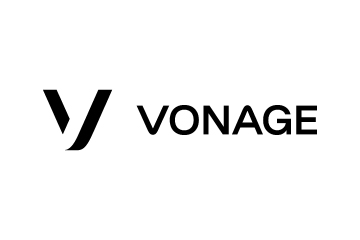
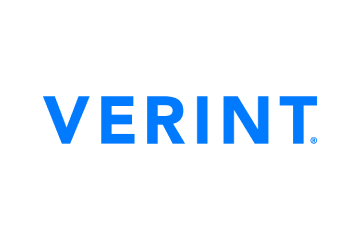





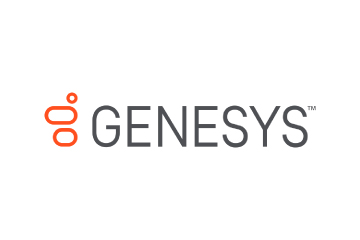
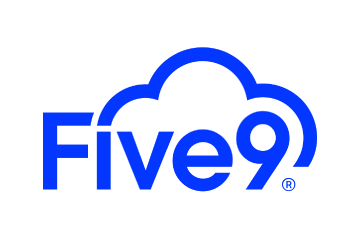


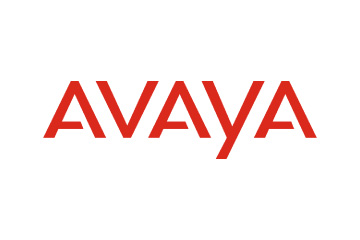
 Amplitude is a product analytics platform, enabling businesses to track visitors with the help of collaborative analytics. The platform leverages the capabilities of
Amplitude is a product analytics platform, enabling businesses to track visitors with the help of collaborative analytics. The platform leverages the capabilities of 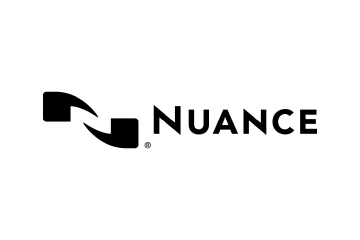

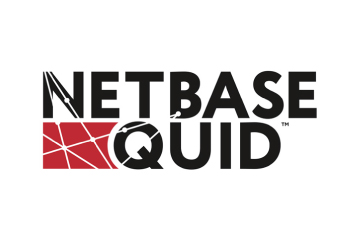
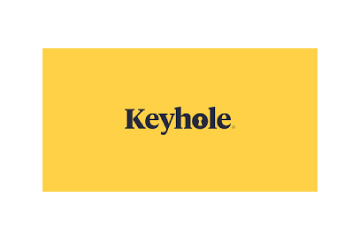
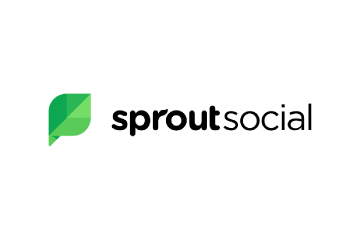
 Zoho Social, a part of Zoho’s suite of 50+ products, is a comprehensive social media management platform for businesses and agencies. The Zoho Social dashboard includes a robust set of features, such as Publishing Calendar, Bulk Scheduler, and Approval Management to offer businesses all the essential social media publishing tools. Its monitoring tools help enterprises track and respond to relevant social conversations.
Zoho Social, a part of Zoho’s suite of 50+ products, is a comprehensive social media management platform for businesses and agencies. The Zoho Social dashboard includes a robust set of features, such as Publishing Calendar, Bulk Scheduler, and Approval Management to offer businesses all the essential social media publishing tools. Its monitoring tools help enterprises track and respond to relevant social conversations.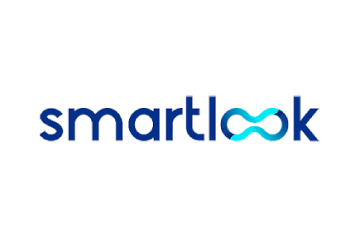

 Microsoft Dynamics 365 represents a robust cloud-based CRM solution with features such as pipeline assessment, relationship analytics, and conversational intelligence. It utilises AI-powered insights to provide actionable intelligence via predictive analytics, lead scoring, sentiment analysis, etc. Currently, Microsoft operates in 190 countries and is made up of more than 220,000 employees worldwide.
Microsoft Dynamics 365 represents a robust cloud-based CRM solution with features such as pipeline assessment, relationship analytics, and conversational intelligence. It utilises AI-powered insights to provide actionable intelligence via predictive analytics, lead scoring, sentiment analysis, etc. Currently, Microsoft operates in 190 countries and is made up of more than 220,000 employees worldwide.
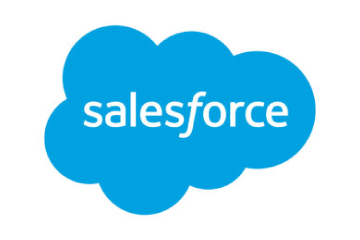
 HubSpot is an inbound marketing, sales, and customer service software provider, offering robust CRM and automation solutions. Some of its products include Marketing Hub, Sales Hub, Operations Hub, Content Hub, Commerce Hub, Marketing Analytics and Dashboard Software. Guided by its inbound methodology, HubSpot enables companies to prioritise innovation and customer success.
HubSpot is an inbound marketing, sales, and customer service software provider, offering robust CRM and automation solutions. Some of its products include Marketing Hub, Sales Hub, Operations Hub, Content Hub, Commerce Hub, Marketing Analytics and Dashboard Software. Guided by its inbound methodology, HubSpot enables companies to prioritise innovation and customer success.
 Monday.com is a project management software company, offering a cloud-based platform that enables businesses
Monday.com is a project management software company, offering a cloud-based platform that enables businesses 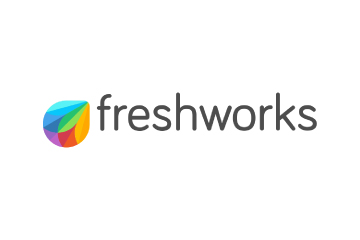 Headquartered in San Mateo, California, Freshworks is a global AI-powered business software provider. Its tech stack includes a scalable and comprehensive suite for IT, customer support, sales, and marketing teams, ensuring value for immediate business impact. Its product portfolio includes Customer Service Suite, Freshdesk, Freshchat, Freshcaller, Freshsuccess, and Freshservice. Freshservice for Business Teams has helped several global organisations to enhance their operational efficiency.
Headquartered in San Mateo, California, Freshworks is a global AI-powered business software provider. Its tech stack includes a scalable and comprehensive suite for IT, customer support, sales, and marketing teams, ensuring value for immediate business impact. Its product portfolio includes Customer Service Suite, Freshdesk, Freshchat, Freshcaller, Freshsuccess, and Freshservice. Freshservice for Business Teams has helped several global organisations to enhance their operational efficiency.
 Talkdesk offers an innovative AI-powered customer-centric tech stack to its global partners. The company provides generative AI integrations, delivering industry-specific solutions to its customers. Talkdesk CX Cloud and Industry Experience Clouds utilise modern machine learning and language models to enhance contact centre efficiency and client satisfaction.
Talkdesk offers an innovative AI-powered customer-centric tech stack to its global partners. The company provides generative AI integrations, delivering industry-specific solutions to its customers. Talkdesk CX Cloud and Industry Experience Clouds utilise modern machine learning and language models to enhance contact centre efficiency and client satisfaction.



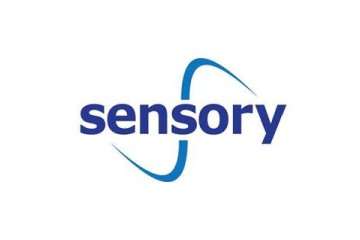
 The company offers comprehensive cloud-based solutions, such as Microsoft Dynamics 365, Gaming Consoles, Microsoft Advertising, Copilot, among other things, to help organisations offer enhanced CX and ROI. Its generative-AI-powered speech and voice recognition solutions,such as Cortana and Azure Speech Services empowers developers to build intelligent applications.
The company offers comprehensive cloud-based solutions, such as Microsoft Dynamics 365, Gaming Consoles, Microsoft Advertising, Copilot, among other things, to help organisations offer enhanced CX and ROI. Its generative-AI-powered speech and voice recognition solutions,such as Cortana and Azure Speech Services empowers developers to build intelligent applications. IBM is a global hybrid cloud and AI-powered
IBM is a global hybrid cloud and AI-powered  Uniphore is an enterprise-class, AI-native company that was incubated in 2008. Its enterprise-class multimodal AI and data platform unifies all elements of voice, video, text and data by leveraging Generative AI, Knowledge AI, Emotion AI and workflow automation. Some of its products include U-Self Serve, U-Assist, U-Capture, and U-Analyze. Its Q for Sale is a conversational intelligence software that guides revenue teams with AI-powered insights, offering clarity on how to effectively keep prospects engaged.
Uniphore is an enterprise-class, AI-native company that was incubated in 2008. Its enterprise-class multimodal AI and data platform unifies all elements of voice, video, text and data by leveraging Generative AI, Knowledge AI, Emotion AI and workflow automation. Some of its products include U-Self Serve, U-Assist, U-Capture, and U-Analyze. Its Q for Sale is a conversational intelligence software that guides revenue teams with AI-powered insights, offering clarity on how to effectively keep prospects engaged. Google Cloud accelerates every organisation’s ability to digitally transform its business. Its enterprise-grade solutions leverage modern technology to solve the most criticial business problems
Google Cloud accelerates every organisation’s ability to digitally transform its business. Its enterprise-grade solutions leverage modern technology to solve the most criticial business problems  8×8 offers out-of-the-box contact centre solutions, assisting all-size businesses to efficiently meet customer needs and preferences. It offers custom CRM integrations support and integrates effortlessly with third-party CRMs like Salesforce, Microsoft Dynamics, Zendesk, and more. Offering global support in all time zones & development teams in 5 continents, its patented geo-routing solution ensures consistent voice quality.
8×8 offers out-of-the-box contact centre solutions, assisting all-size businesses to efficiently meet customer needs and preferences. It offers custom CRM integrations support and integrates effortlessly with third-party CRMs like Salesforce, Microsoft Dynamics, Zendesk, and more. Offering global support in all time zones & development teams in 5 continents, its patented geo-routing solution ensures consistent voice quality. Sprinklr is a comprehensive enterprise software company for all customer-focused functions. With advanced AI, Sprinklr’s unified customer experience management (Unified-CXM) platform lets organisations offer human experiences to every customer, every time, across any modern channel.
Sprinklr is a comprehensive enterprise software company for all customer-focused functions. With advanced AI, Sprinklr’s unified customer experience management (Unified-CXM) platform lets organisations offer human experiences to every customer, every time, across any modern channel.


 Upland offers a comprehensive suite of contact centre and customer service solutions with products including InGenius, Panviva, Rant & Rave, and RightAnswers. InGenius enables organisations to connect their existing phone system with CRM, further enhancing agent productivity. Panviva provides compliant and omnichannel capabilities for highly regulated industries. Whereas, Rant & Rave, and RightAnswers are its AI-powered solutions,
Upland offers a comprehensive suite of contact centre and customer service solutions with products including InGenius, Panviva, Rant & Rave, and RightAnswers. InGenius enables organisations to connect their existing phone system with CRM, further enhancing agent productivity. Panviva provides compliant and omnichannel capabilities for highly regulated industries. Whereas, Rant & Rave, and RightAnswers are its AI-powered solutions, 


 Hootsuite, headquartered in Vancouver, is a social media management platform that streamlines the process of managing multiple social media accounts. Some of its core offerings include social media content planning and publishing, audience engagement tools, analytics and social advertising. Its easy-to-integrate capabilities help marketing teams to schedule and publish social media posts efficiently.
Hootsuite, headquartered in Vancouver, is a social media management platform that streamlines the process of managing multiple social media accounts. Some of its core offerings include social media content planning and publishing, audience engagement tools, analytics and social advertising. Its easy-to-integrate capabilities help marketing teams to schedule and publish social media posts efficiently.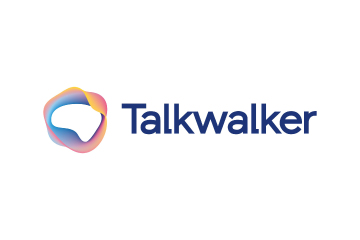
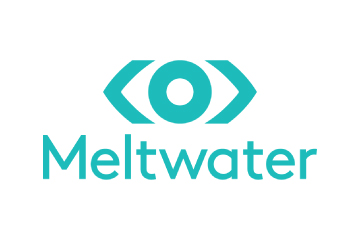
 Brandwatch enables businesses to build and scale the optimal strategy for their clients with intuitive, use-case-focused tools that are easy and quick to master. Bringing together consumer intelligence and social media management, the company helps its users react to the trends that matter, collaborate on data-driven content, shield the brand from threats and manage all the social media channels at scale.
Brandwatch enables businesses to build and scale the optimal strategy for their clients with intuitive, use-case-focused tools that are easy and quick to master. Bringing together consumer intelligence and social media management, the company helps its users react to the trends that matter, collaborate on data-driven content, shield the brand from threats and manage all the social media channels at scale.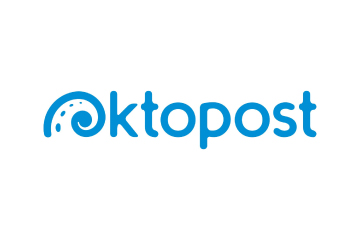


 Adobe Experience Cloud offers a comprehensive set of applications, capabilities, and services specifically designed to address day-to-day requirement for personalised customer experiences at scale. Its platform helps play an essential role in managing different digital content or assets to improve customer happiness. Its easy-to-optimise content gives users appropriate marketing streams, ensuring product awareness.
Adobe Experience Cloud offers a comprehensive set of applications, capabilities, and services specifically designed to address day-to-day requirement for personalised customer experiences at scale. Its platform helps play an essential role in managing different digital content or assets to improve customer happiness. Its easy-to-optimise content gives users appropriate marketing streams, ensuring product awareness. Salesforce-owned Tableau is an AI-powered analytics and business intelligence platform, offering the breadth and depth of capabilities that serve the requirements of global enterprises in a seamless, integrated experience. Marketers can utilise generative AI models, AI-powered predictions, natural language querying, and recommendationsons.
Salesforce-owned Tableau is an AI-powered analytics and business intelligence platform, offering the breadth and depth of capabilities that serve the requirements of global enterprises in a seamless, integrated experience. Marketers can utilise generative AI models, AI-powered predictions, natural language querying, and recommendationsons. Contentsquare is a cloud-based digital experience analytics platform, helping brands track billions of digital interactions, and turn those digital
Contentsquare is a cloud-based digital experience analytics platform, helping brands track billions of digital interactions, and turn those digital 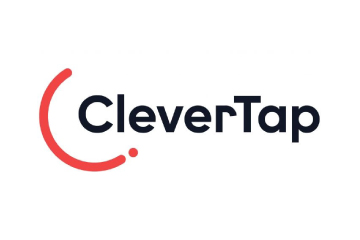
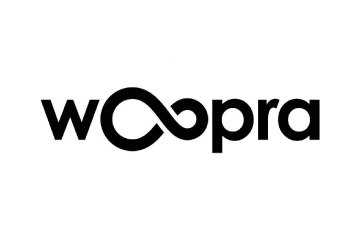

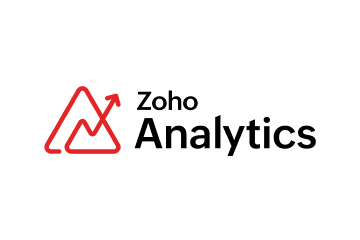 Zoho Corporation offers innovative and tailored software to help leaders grow their business. Zoho’s 55+ products aid sales and marketing, support and collaboration, finance, and recruitment requirements. Its customer analytics capabilities come with a conversational feature, Ask Zia. It enables users to ask questions and get insights in the form of reports and widgets in real-time.
Zoho Corporation offers innovative and tailored software to help leaders grow their business. Zoho’s 55+ products aid sales and marketing, support and collaboration, finance, and recruitment requirements. Its customer analytics capabilities come with a conversational feature, Ask Zia. It enables users to ask questions and get insights in the form of reports and widgets in real-time. Fullstory is a behavioural data platform, helping C-suite leaders make informed decisions by injecting digital behavioural data into its analytics stack. Its patented technology uncovers the power of quality behavioural data at scale, transforming every digital visit into actionable insights. Enterprises can increase funnel conversion and identify their highest-value customers effortlessly.
Fullstory is a behavioural data platform, helping C-suite leaders make informed decisions by injecting digital behavioural data into its analytics stack. Its patented technology uncovers the power of quality behavioural data at scale, transforming every digital visit into actionable insights. Enterprises can increase funnel conversion and identify their highest-value customers effortlessly.
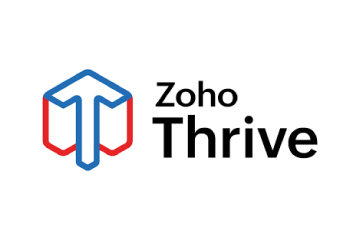
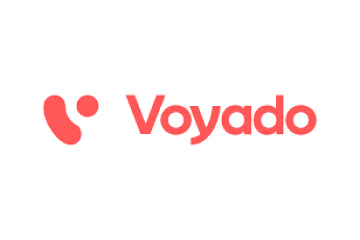 Started in 2005 in a Sweden-based small town, Norrköping, Voyado offers a customer experience cloud platform that includes a customer loyalty management system. This platform helps businesses design and implement customer loyalty programs, track customer
Started in 2005 in a Sweden-based small town, Norrköping, Voyado offers a customer experience cloud platform that includes a customer loyalty management system. This platform helps businesses design and implement customer loyalty programs, track customer 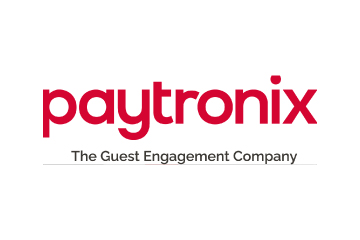



 TapMango provides a comprehensive, customisable, flexible and feature-rich customer loyalty program. The loyalty tools include an integrated suite of customised consumer-facing technology, easy-to-use merchant tools, and automation algorithms, all aimed at enhancing customer experience. Adaptable to any industry, TapMango’s platform helps merchants compete with larger chains, converting customer one-time purchases into profitable spending habits.
TapMango provides a comprehensive, customisable, flexible and feature-rich customer loyalty program. The loyalty tools include an integrated suite of customised consumer-facing technology, easy-to-use merchant tools, and automation algorithms, all aimed at enhancing customer experience. Adaptable to any industry, TapMango’s platform helps merchants compete with larger chains, converting customer one-time purchases into profitable spending habits.
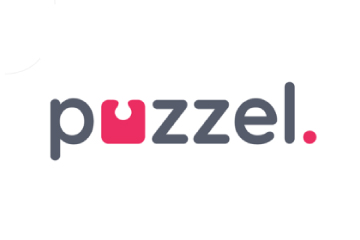
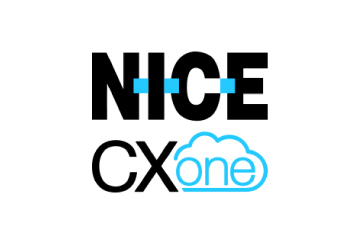
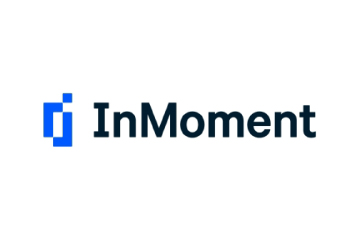

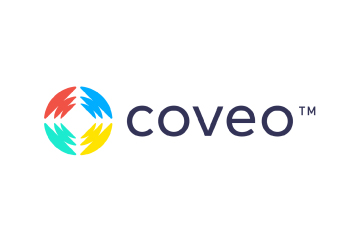

 Adobe Experience Cloud offers a comprehensive set of applications, capabilities, and services specifically designed to address day-to-day requirements for personalised customer experiences at scale. Its innovative platform has played an essential role in managing different digital content or assets, to improve customer happiness or satisfaction. Some of its products include Adobe Gen Studio, Experience Manager Sites, Real-time CDP, and Marketo Engage.
Adobe Experience Cloud offers a comprehensive set of applications, capabilities, and services specifically designed to address day-to-day requirements for personalised customer experiences at scale. Its innovative platform has played an essential role in managing different digital content or assets, to improve customer happiness or satisfaction. Some of its products include Adobe Gen Studio, Experience Manager Sites, Real-time CDP, and Marketo Engage.

